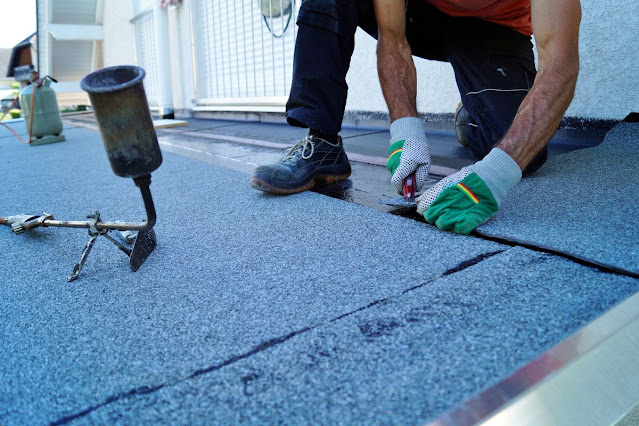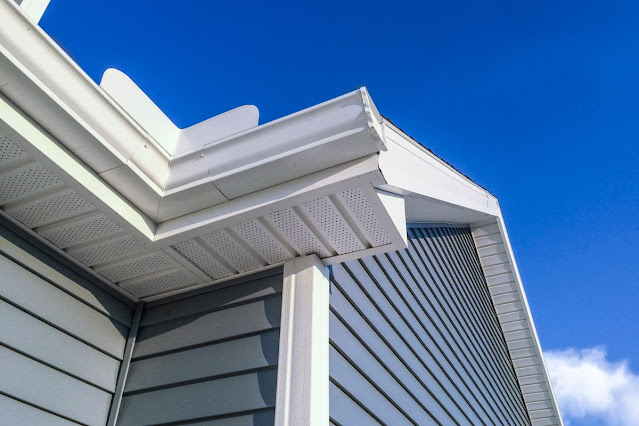What Is a Fascia Board? (A Comprehensive Guide for Homeowners)
When it comes to roofing, most people think about shingles, gutters, and underlayment. However, there’s one critical component often overlooked by homeowners: the fascia board. These boards not only enhance the visual appeal of your home but also play an important role in protecting your roof and its supporting structure. If you’re wondering what fascia boards are, what they do, and how to maintain them, this guide is for you.
What is a Fascia Board?
A fascia board is a horizontal piece of wood or other material that runs along the edge of the roof. It is attached directly to the roof trusses and is often visible from the exterior of your home. Fascia boards support the gutters and help protect the roof from moisture by sealing off the ends of the rafters.
In most cases, fascia boards are made of wood, PVC, or aluminum. Each material has its pros and cons, depending on your climate, roofing style, and budget. Wood fascia boards provide a classic look but require more maintenance. On the other hand, PVC and aluminum fascia boards are more resistant to weather damage and require less upkeep.
The Key Functions of Fascia Boards
1. Structural Support
One of the primary roles of fascia boards is to provide structural support for the gutter system. Without a sturdy fascia, gutters would have no place to attach, which could result in ineffective water drainage and possible roof damage.
2. Weather Protection
Fascia boards act as a barrier between your roof and the outside elements, especially moisture. Without them, water could seep into your roof's rafters and underlayment, causing wood rot and mold growth over time.
3. Aesthetic Appeal
Fascia boards also contribute to the overall appearance of your home by giving the roof a finished, clean edge. A well-maintained fascia board can boost your home's curb appeal, especially when paired with attractive gutters and siding.
4. Preventing Pests
Since fascia boards seal off the ends of your rafters, they help prevent pests like birds, squirrels, and insects from entering your attic. If the fascia is damaged or missing, these unwanted guests can easily make a home in your roof, leading to further damage and costly repairs.
Signs Your Fascia Boards Need Repair or Replacement
Like any part of your home, fascia boards can deteriorate over time, especially when exposed to harsh weather conditions. Here are some telltale signs that your fascia boards might need repair or replacement:
1. Peeling or Flaking Paint
This is often one of the first signs that the fascia board is starting to deteriorate. When the paint begins to peel, it leaves the wood exposed to moisture, which can cause rotting.
2. Visible Water Damage
Water damage, such as staining or discoloration, may indicate that your gutters are leaking or that moisture has penetrated the fascia. This is a serious issue that should be addressed immediately to prevent further damage.
3. Sagging or Loose Gutters
Since fascia boards support the gutters, any sagging or detachment of the gutter system can be a sign that the fascia board is weakened or rotting.
4. Cracks or Holes in the Fascia
Cracks, holes, or any other form of visible damage can indicate that the fascia board is compromised. Damaged fascia boards are more vulnerable to pests and water infiltration.
The Importance of Regular Fascia Board Maintenance
Maintaining your fascia boards is crucial for the overall health of your roofing system. Here’s how you can keep them in good condition:
1. Inspect Your Fascia Regularly
Make it a habit to inspect your fascia boards at least twice a year, preferably in spring and fall. Look for signs of damage such as rot, cracks, and water stains. You should also inspect them after severe weather events.
2. Clean Your Gutters
Clogged gutters can lead to water overflow, which may damage both your fascia boards and the rest of your roof. Clean your gutters regularly to ensure proper drainage.
3. Repaint or Reseal When Necessary
To protect wooden fascia boards from moisture, repaint them every few years, or as needed, using a high-quality exterior paint. This helps create a protective barrier and prevents water from soaking into the wood.
4. Repair Minor Damage Promptly
Small cracks or rot spots can often be repaired with wood filler or by replacing small sections of the fascia board. Addressing these issues early can save you from more costly repairs down the road.
Also read: How much does a fascia board replacement cost?
Fascia Board Replacement: What to Expect
When your fascia boards are beyond repair, it’s time for a replacement. Here’s a quick breakdown of what the process involves:
1. Assessment and Removal
First, a roofing contractor will assess the condition of the fascia boards. If they’re beyond repair, the damaged sections will be removed. If the fascia is attached to gutters, the gutters will need to be temporarily detached.
2. Installing New Fascia
Once the old fascia boards are removed, the new boards will be cut to fit and installed securely along the edge of the roof. The contractor will likely use a weather-resistant material such as PVC or aluminum for a longer-lasting installation.
3. Reattaching the Gutters
After the new fascia boards are in place, your gutters will be reinstalled, ensuring that they’re properly aligned and functioning.
4. Sealing and Painting
Finally, the new fascia boards will be sealed and painted to protect them from moisture and match the rest of your home’s exterior.
Choosing the Right Material for Fascia Boards
When it comes to choosing the right material for your fascia boards, consider both aesthetics and durability. Here are your options:
1. Wood Fascia
Pros: A traditional look that can be painted to match your home.
Cons: Requires regular maintenance and is vulnerable to rot and pests.
2. PVC Fascia
Pros: Durable, weather-resistant, and low-maintenance.
Cons: More expensive upfront and doesn’t have the same classic look as wood.
3. Aluminum Fascia
Pros: Lightweight, rust-resistant, and available in many colors.
Cons: Can dent easily and might not offer the same aesthetic appeal as wood.
Conclusion
Fascia boards are a vital part of your roofing system, providing both aesthetic and functional benefits. Whether you’re installing new fascia boards, repairing old ones, or simply maintaining them, understanding their importance can help you protect your home from moisture, pests, and structural damage. Regular inspections, cleaning, and timely repairs can ensure that your fascia boards, and by extension, your roof, remain in top condition for years to come.
.jpg)
.jpg)


Comments
Post a Comment